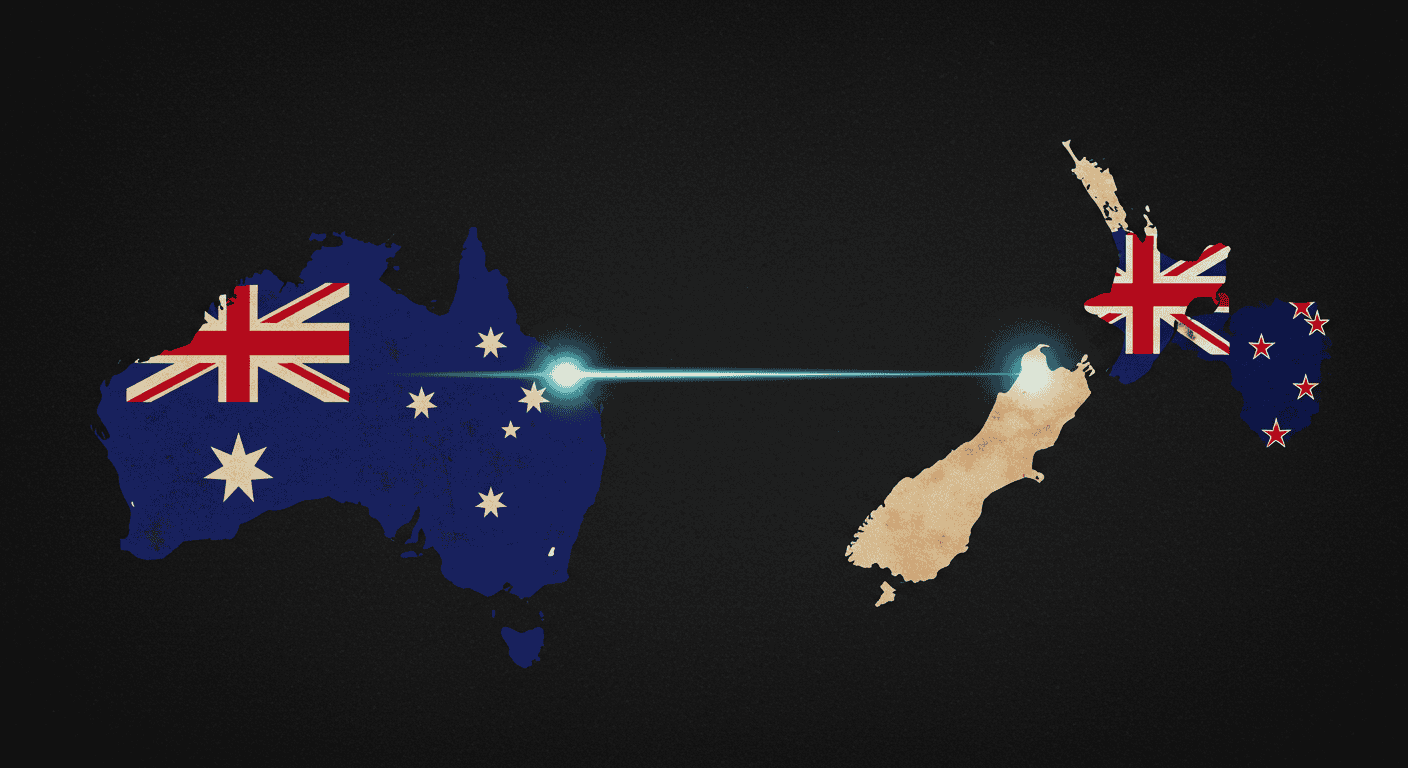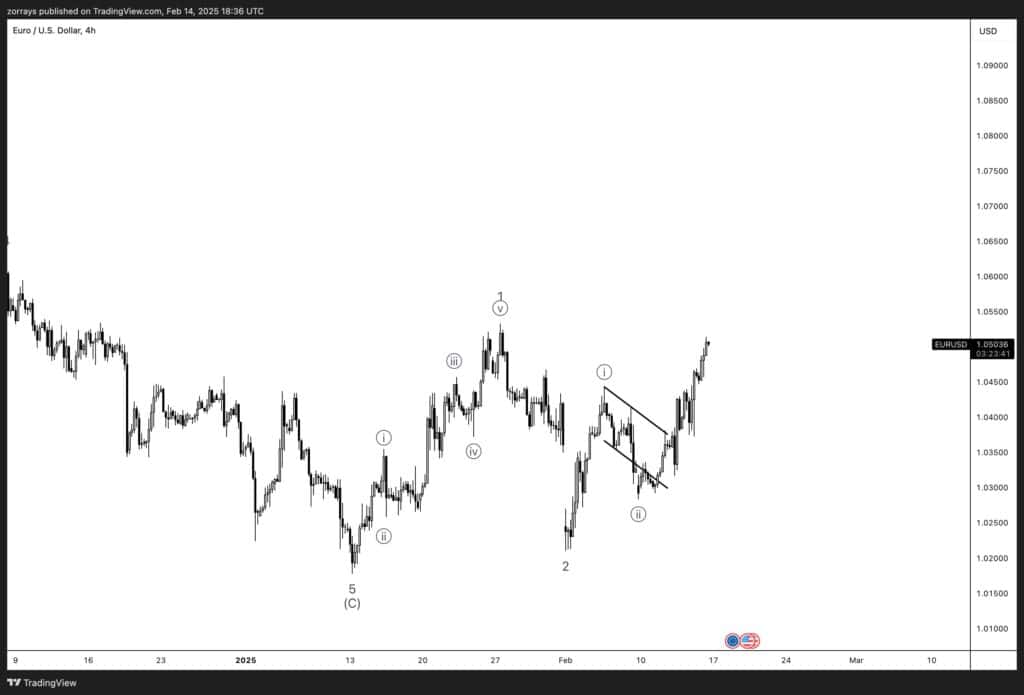
- Weekly Outlook
- February 14, 2025
- 3 min read
RBA & RBNZ Rate Cuts Incoming? What It Means for Markets & EUR/USD’s Next Big Move!
Next week, two significant monetary policy decisions are anticipated from the Reserve Bank of Australia (RBA) and the Reserve Bank of New Zealand (RBNZ). Both central banks are expected to reduce their benchmark interest rates, reflecting ongoing economic adjustments in their respective countries.
Reserve Bank of Australia (RBA) Interest Rate Decision
The RBA is scheduled to announce its interest rate decision on February 18, 2025. Economists widely predict a 25 basis point cut, bringing the cash rate down to 4.10%. This expectation is primarily driven by a decline in inflation, which has reached 2.4%, aligning within the RBA’s target range of 2-3%.
The moderation in inflation provides the RBA with the flexibility to ease monetary policy. However, the central bank is likely to proceed cautiously due to the robust labor market and stable wage growth, which suggest that aggressive rate cuts may not be necessary at this time. Major Australian banks anticipate cumulative rate reductions of 50 to 100 basis points throughout the year, potentially lowering the cash rate to 3.60% by September.
Reserve Bank of New Zealand (RBNZ) Interest Rate Decision
On February 19, 2025, the RBNZ is expected to lower its official cash rate by 50 basis points to 3.75%. This move aims to address concerns over economic growth and rising unemployment. New Zealand’s inflation rate has decreased to 2.2%, comfortably within the central bank’s target range, providing room for monetary easing.
The RBNZ has already implemented rate cuts totaling 125 basis points since August to counteract economic recession and increasing unemployment. Economists forecast additional reductions amounting to 75 basis points this year, potentially bringing the rate to 3.00% by September. This strategy aligns with global trends, as other central banks, including the RBA, are also anticipated to reduce rates.
Technical Analysis: EUR/USD and the Impending Wave 3 of 3

Turning to the EUR/USD currency pair, technical indicators suggest that the pair is entering into a critical phase known as wave ((iii)) of 3 as it makes it way towards 1.053 resistance, which could signify a substantial decline in the USD. In Elliott Wave theory, the third wave is typically the most powerful, often resulting in significant price movements.
In summary, the upcoming interest rate decisions by the RBA and RBNZ reflect their responses to domestic economic conditions, with both central banks leaning towards monetary easing. Meanwhile, technical analysis points to a potential significant movement in the EUR/USD pair, underscoring the importance for market participants to stay vigilant in the face of evolving market dynamics.





